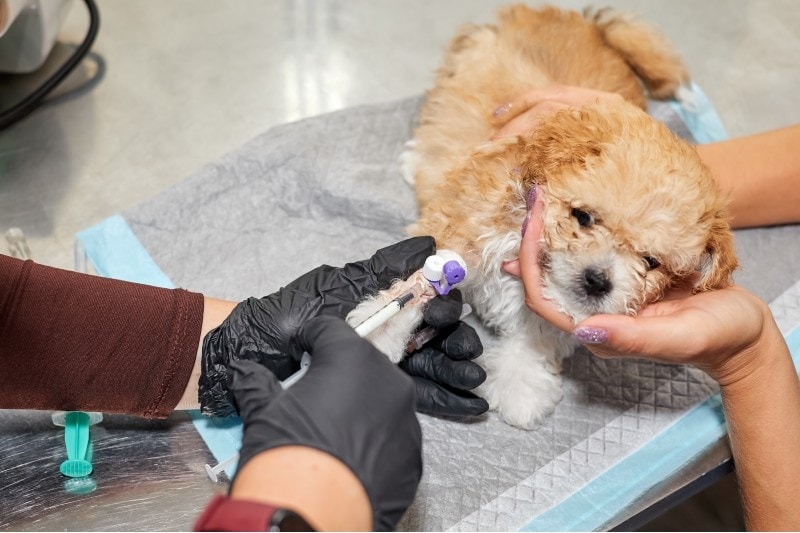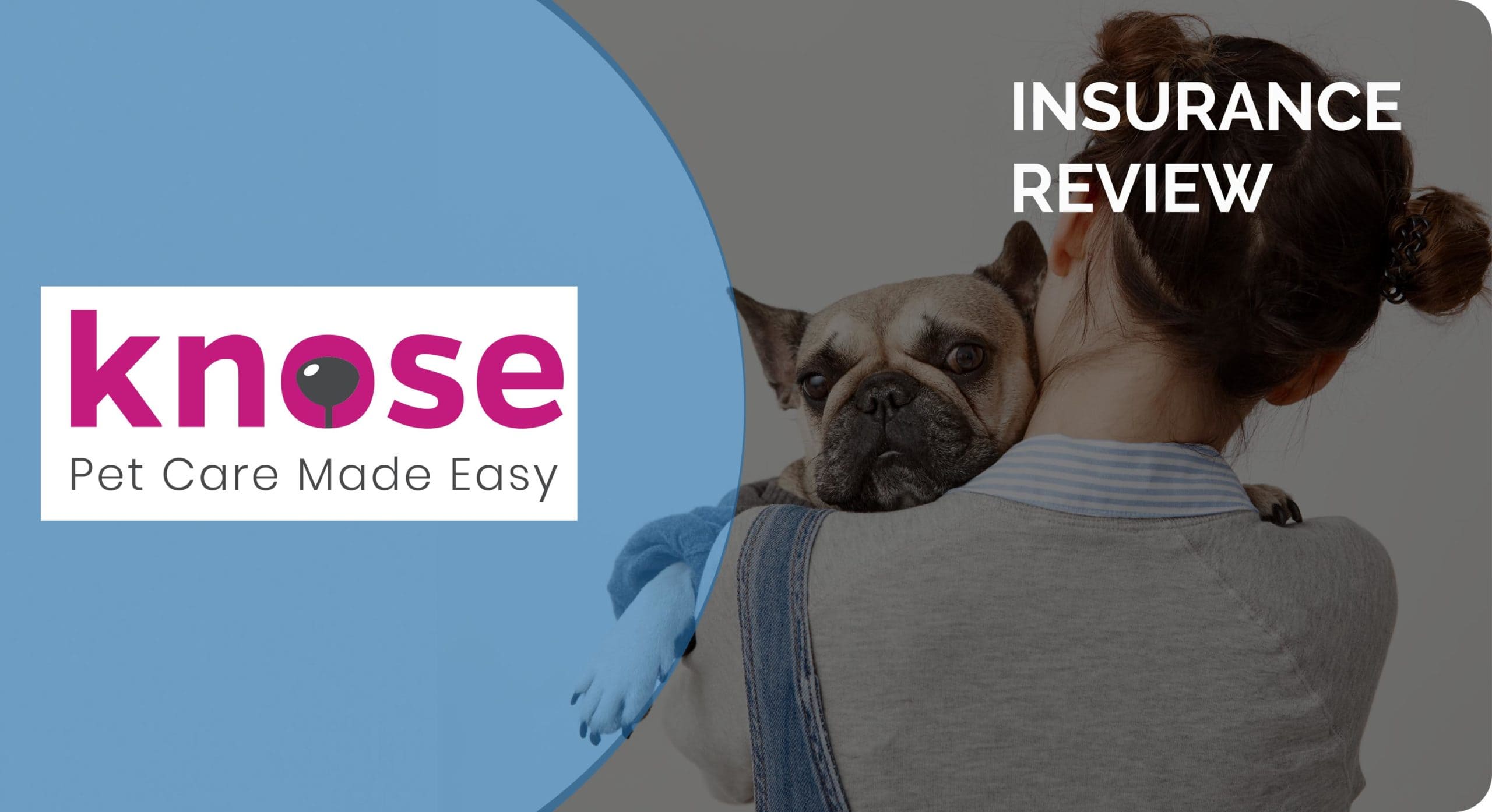What Does Pet Insurance Cost in Oregon? 2024 Update

Updated on

Pet insurance isn’t cheap, but it’s the best way to protect your pet from unexpected vet bills. The average out-of-pocket expense for a pet emergency is over $1,000. Without insurance, that cost could put you in significant debt.
That being said, not all pet insurance policies are created equal. Some plans have hidden costs or don’t cover certain conditions. Before you buy a policy, make sure it meets your needs and won’t leave you with a huge bill if your pet gets sick or injured. If you live in Oregon and are thinking about getting pet insurance, this guide will explain everything you need to know about pet insurance costs.
The Importance of Pet Insurance
Pet insurance is helpful because it gives your dog or cat medical coverage in the event of an accident or an emergency. Pet-related injuries occur in the home, either due to negligence or an unfortunate accident – we’ve all heard stories of dogs eating things that they shouldn’t. In these cases, even low-cost pet services can run you thousands of dollars.
Pet insurance helps to keep you from breaking the bank if you have a pet that has an emergency or one that suffers from a chronic condition. Insurance can cover the cost of treating injury-related illnesses and accidents. It also covers non-urgent but expensive conditions, like kidney disease, that can end up costing you tens of thousands of dollars over the life of your pet.
Top Rated Pet Insurance Providers
How Much Does Pet Insurance Cost?

In Oregon, pet insurance can run anywhere from $19 to $50 a month or more for a dog or cat. If you have an exotic animal such as a reptile or tortoise, you’ll find that pet insurance may run a bit more. Several factors that can influence the cost of pet insurance. Those factors include your pet’s age, gender, and its current state of health.
| Top 5 Providers | Cats Coverage Monthly Rate | Dogs Monthly Rate |
| Lemonade | $20 | $25 |
| Figo | $33 | $40 |
| ASPCA | $30 | $46 |
| Embrace | $32 | $46 |
| Spot | $33 | $47 |
Additional Costs to Anticipate
When it comes to pet insurance, it’s always best to consider the money that you’ll likely spend that’s outside of your monthly premium. Here are the most common additional costs:
Deductible
A deductible is the amount you have to pay out of pocket before the insurance kicks in. It’s important to choose a deductible that you can realistically afford. If your pet gets sick or injured, you don’t want to be forced into bankruptcy.
Annual Benefit
Some pet insurance plans cover your pet’s entire medical history. Others only cover the first year. If your pet is prone to illness, you probably want the latter.
Exclusions
Exclusions are the conditions that the insurance companies won’t cover. Luckily, most policies have a broad list of exclusions so you can avoid paying for unnecessary expenses.
Co-pays
A co-pay is the amount you pay for each visit to the vet. The lower the co-pay, the better. A high co-pay can really add up over the lifetime of your pet’s insurance policy.
What Does Pet Insurance Cover?

Well, it depends. Some pet insurance policies do a better job of that than others.
Accidents: The majority of pet insurance policies will cover accidents. This includes things like sprains, broken bones, and bites.
Illnesses: Most pet insurance policies also cover illnesses. This includes things like cancer and heartworm.
Routine Veterinarian Visits: Most pet insurance policies also cover veterinarian visits. This includes things like vaccinations, x-rays, and lab tests.
Emergency Situations: Emergency situations, such as a house fire or car accident, are often covered by pet insurance policies.
What to Do for Your Pet In Between Vet Visits
Taking care of your pet between vet visits is essential to their long-term health and well-being. The first step is to make sure they are vaccinated against common illnesses and diseases.
This will protect them from the most common illnesses and can save them from becoming seriously ill. Secondly, make sure they get regular exercise. Walks and playtime are essential for keeping them healthy and fit, and also help to reduce stress and anxiety.
Lastly, a healthy diet is essential for keeping them in good health. Make sure they are getting the right balance of proteins, fats, and carbohydrates, and that their food is both nutritious and tasty. It also means cleaning and grooming them regularly which includes coat brushing, teeth cleaning, paw clipping, and ear cleaning.
Finally, remember to check them for any signs of illness, such as lumps or bumps, changes in their behavior, or sudden weight loss or gain.
Finding the Right Pet Insurance Provider: What to Look For

Because no two pet insurance providers are exactly alike, it’s important to do your research before signing up for any plan. Many pet insurance companies offer the same basic type of coverage with some variations in how they word their policies, what they cover, and how much that coverage will cost you. That’s why it’s important to thoroughly review each company’s plans before committing. Here are a few key factors you’ll want to consider
Flexible Plans
One of the most important things to look for in a pet insurance company is flexibility. This means that their pet insurance policies are adaptable enough to fit the needs of your specific pet. Some pet insurance plans might be better for smaller dogs or cats, for example, while others might be more appropriate for larger dogs like German Shepherds or Great Danes.
Pet insurance providers that offer a wide variety of plans tailored to different pet types and ages are likely to be more flexible than others – something you’ll find to be common with larger providers.
Pet Insurance Should Have No Waiting Period
Some pet insurance plans have a waiting period before coverage is activated. This means that you won’t actually be eligible for reimbursement for certain conditions until the waiting period has passed. So, to say, if your pet gets sick during this waiting period, you may have to cover the costs of their medical care out-of-pocket until the waiting period ends.
While there are some valid reasons to implement a waiting period, it’s important to look for a pet insurance provider that doesn’t have one. Waiting periods are usually higher for more serious, long-term conditions like kidney disease or cancer – which can put a serious strain on pet owners who have to foot the bill for a major condition out of their own pockets while waiting for coverage.

It Should Cover Basic Care
Another thing to consider when choosing a pet insurance provider is which costs they cover. Does the plan cover standard veterinary care, like vaccinations, checkups, and spay/neuter surgeries? Does it also cover unexpected, serious illnesses or injuries like hip dysplasia, broken bones, or infections? The best pet insurance providers cover most or all of these basic costs. But some companies also offer more coverage for more serious illnesses and injuries.
Check the Provider’s Reputation
Take some time to research each provider and see what other customers have to say about their experiences. You can likely find online reviews from past clients on the company’s website or on independent review sites like Yelp, Google Reviews, Trustpilot, or ConsumerAffairs.
It can be helpful to look at companies with a poor reputation and use that information to rule them out during your search. This can save you a lot of time and effort when choosing the best pet insurance providers for you and your pet.
How Often Should I Take My Pet to the Vet If I Don’t Have Insurance?

Regular visits to the vet allow your vet to check your pet’s health and identify any early signs of disease. And you’ll find that taking proactive and preventive steps to care for your pet could help you avoid costly treatments later.
For healthy adult dogs and cats, annual wellness exams are recommended. However, for puppies and kittens, as well as senior pets and animals with underlying conditions, more frequent examinations (bi-monthly or quarterly) are beneficial.
To protect your kitten or puppy from common infectious diseases, they will need multiple rounds of vaccines during their first year. Distemper, parvo, and parainfluenza are all recommended vaccines for puppies. Feline Viral Rhinotracheitis, Feline Panleukopenia, and Feline Calicivirus (FCV) vaccines should be given to kittens. Depending on where you live and how well your pet is doing, the timing of your pet’s vaccinations may vary.
Conclusion
Pet insurance may not be right for every pet. Certain medical conditions, as well as the age and gender of the pets, will determine what you can and can’t cover.
While some pet policies may cover routine visits to the vet, others won’t. It’s important to do your research and find out what the policy covers so you can choose the right coverage for your family. And if your pet needs care that you can’t afford, a local low-cost clinic or non-profit may be worth taking a look at.
Pet insurance is a great way to protect your dog or cat against unforeseen costs that could threaten their health or lead to financial ruin. If you have a pet that suffers from a chronic condition or an illness, especially one that could be life-threatening, you should consider purchasing pet insurance.
Featured Image Credit by visivastudio, Shutterstock









